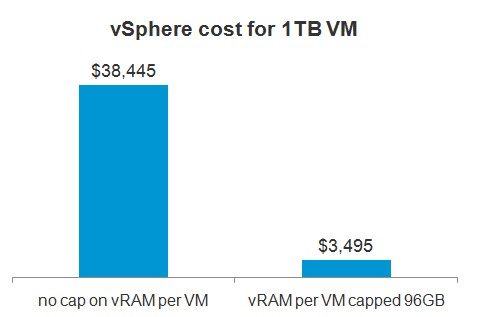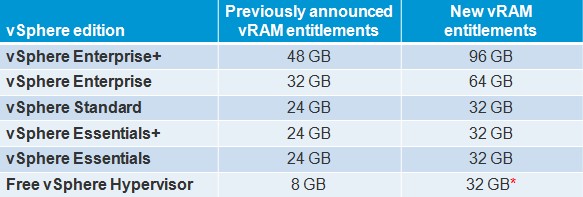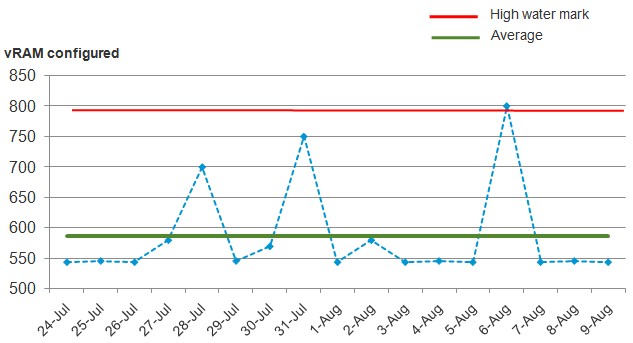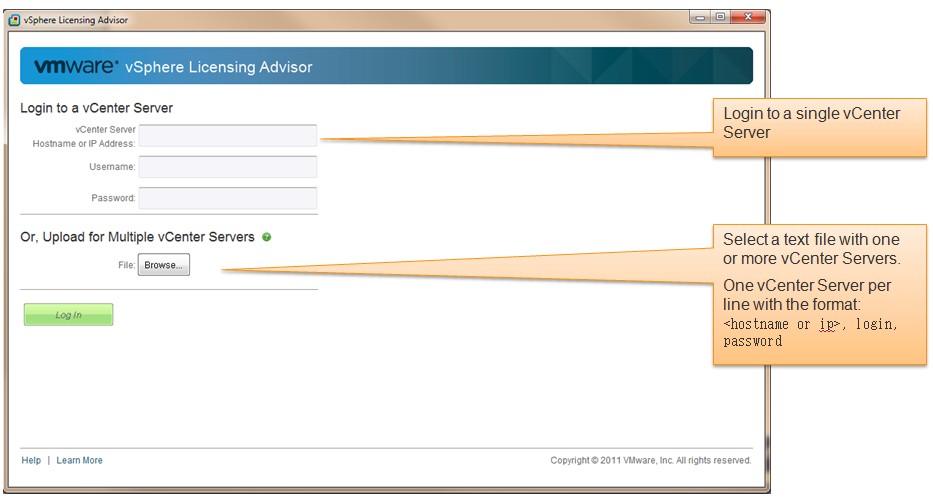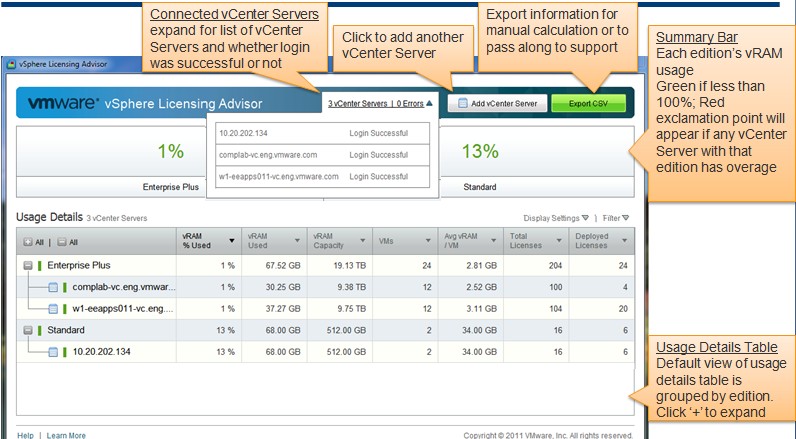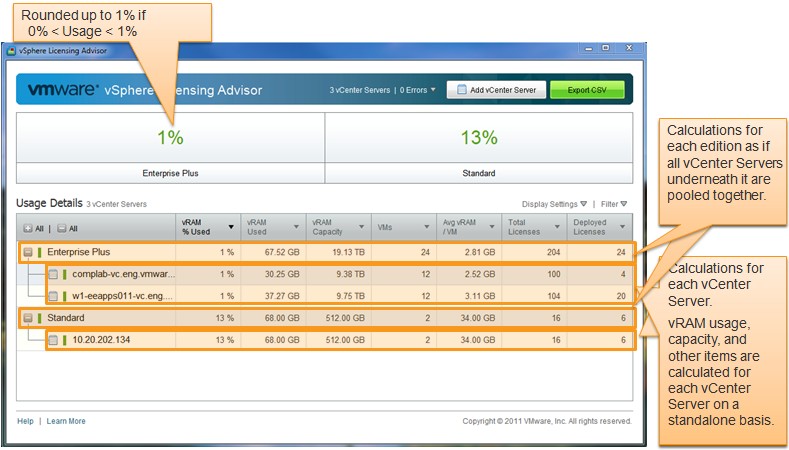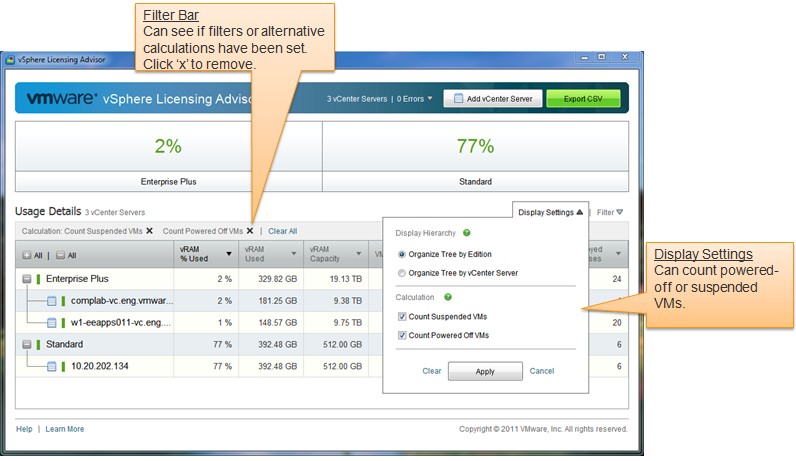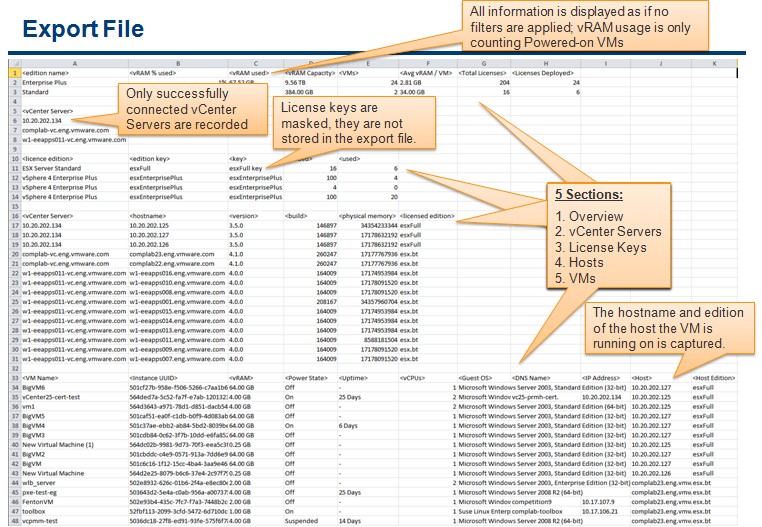VMware Tools are an optional set of drivers and utilities that improve the performance and manageability of virtual machines. But there’s a debate about whether the benefits of installing VMware Tools outweigh the potential virtual security risks that it introduces.
On one hand, VMware Tools replaces many of the guest operating system drivers that were designed for physical hardware. These optimized drivers can drastically improve performance and functionality (e.g., providing copy-and-paste capabilities between the host and VM). But the installation of VMware Tools also adds potential virtual security vulnerabilities to an otherwise secure infrastructure.
In this face-off, two experts debate the merits of running VMware Tools.
Creating unnecessary virtual security risks with VMware Tools
vs.
Realizing a virtual infrastructure’s potential with VMware Tools
Read the full article at searchvmware.com…


